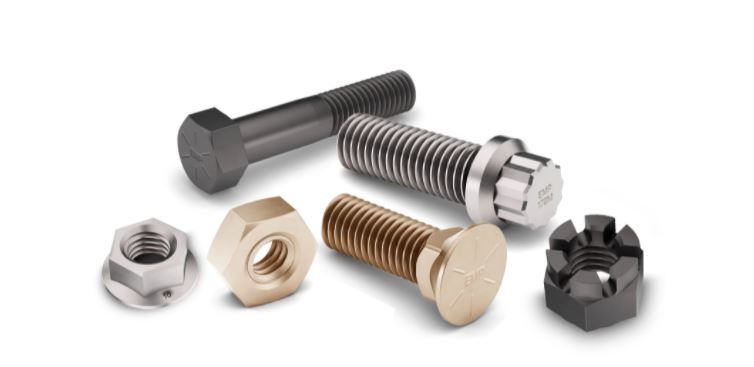Back to Basics with Platings and Coatings
The greatest enemy to fasteners is corrosion. The good news is, there’s an effective solution to corrosion, chemicals and harsh environmental exposure – and that solution is plating and coating.
To ensure full effectiveness, you’ll need to determine the correct plating or coating needed for your fastener’s specific application. Not only can this help protect against corrosion and harsh environments but choosing the right plating or coating will also ensure you achieve the correct clamp load at the specified torque, maximising the life of any assembly.
Typically, fasteners are created out of raw steel. Therefore, lacking any type of corrosion or atmospheric protection when they are first manufactured. These fasteners, which do not have a plating or coating applied to the surface, are referred to as having a Plain Finish or labelled as bare metal. Some fasteners with a Plain Finish may have a light coating of oil, for shipment or shelf-life purposes, but this offers little corrosion or atmospheric protection.
The bare metal surfaces can be used in either indoor or outdoor environments that present little risk of corrosion or exposure. However, anything beyond that will need exploration of the wider options for plating and coating solutions available. For example, applications that are subject to chemical and atmospheric exposure.

What’s the difference between plating and coating?
Within the world of fasteners, the plating and coating processes are often lumped together and ultimately overlooked as being the same process. While each can add corrosion resistance and various other properties to your fasteners, they are two unique operations.
Plating
Plating refers to the process of ‘electroplating’, where a metallic finish is added through electro-deposition. It involves adhering a metallic finish to the surface of a fastener, which means that the deposited metal becomes fused to the existing product.
Plating is the most common method used to add a surface finish to fasteners. Within this practice, the most common process is a Zinc with Clear Chromate plating. It provides good corrosion protection, can be applied at a controlled thickness, and is cosmetically appealing with its bright silver appearance.
Plating options available through Earnest include:
- Zinc Clear Trivalent
The most common type of plating, frequently used in multiple industries, including automotive, construction, and food processing.
- Zinc Yellow Finish
Declining in use following the European Union’s Restriction of Hazardous Substances Directive (RoHS). Most frequently used by manufacturers of construction equipment and heavy vehicles
Coating
Coating refers to the use of powder or chemical additions to the surface of the fastener. This process involves dipping the item into a chemical bath, with the product then spun out at high speeds to remove any excess material.
This dip and spin process will create the specified thickness of the coating. Zinc Flake Coatings, for example, can offer a coating that is twice as thick when compared to Zinc Electroplated product, leading to superior corrosion protection. However, unlike Zinc Electroplated product, coatings, due to their dip and spin process, can sometimes result in an uneven thickness, which can cause thread interference problems.
Coating options available include:
- Zinc Flake Coating
Uses include protection against saltwater and harsh environments and is often used in automotive and industrial parts.
- Phos & Oil
A non-metallic zinc coating that provides a uniform black appearance that will absorb and hold oil. This is popular with manufacturers of heavy vehicles and construction equipment.
- Black Oxide
Black Oxide coatings are mainly used for cosmetic purposes and offer little corrosion protection. This finish is mainly used on indoor applications such as machinery, stamping presses, plastic injection, and mould-making machines.
The main differences between the two is that while coating simply adds a powder or chemical layer to the surface of a fastener, plating fuses the new material to the original material the fastener is made from. The electroplating process is also more controllable, therefore can create a more uniformed thickness.
Plating or coating solutions, no matter what the criteria, have hundreds of options available – all of which have been developed as a solution to common industrial problems. In amongst this vast variety of options, each one offers different properties, from corrosion and chemical resistance to aesthetic finishes. The right choice depends purely on the requirements of the application and the intended use of the fastener.
For more information on plating and coating solutions, visit our page on the Custom Solutions Earnest offer.

Contact Us
Our UK sales team are happy to assist
with any enquiries you may have.


